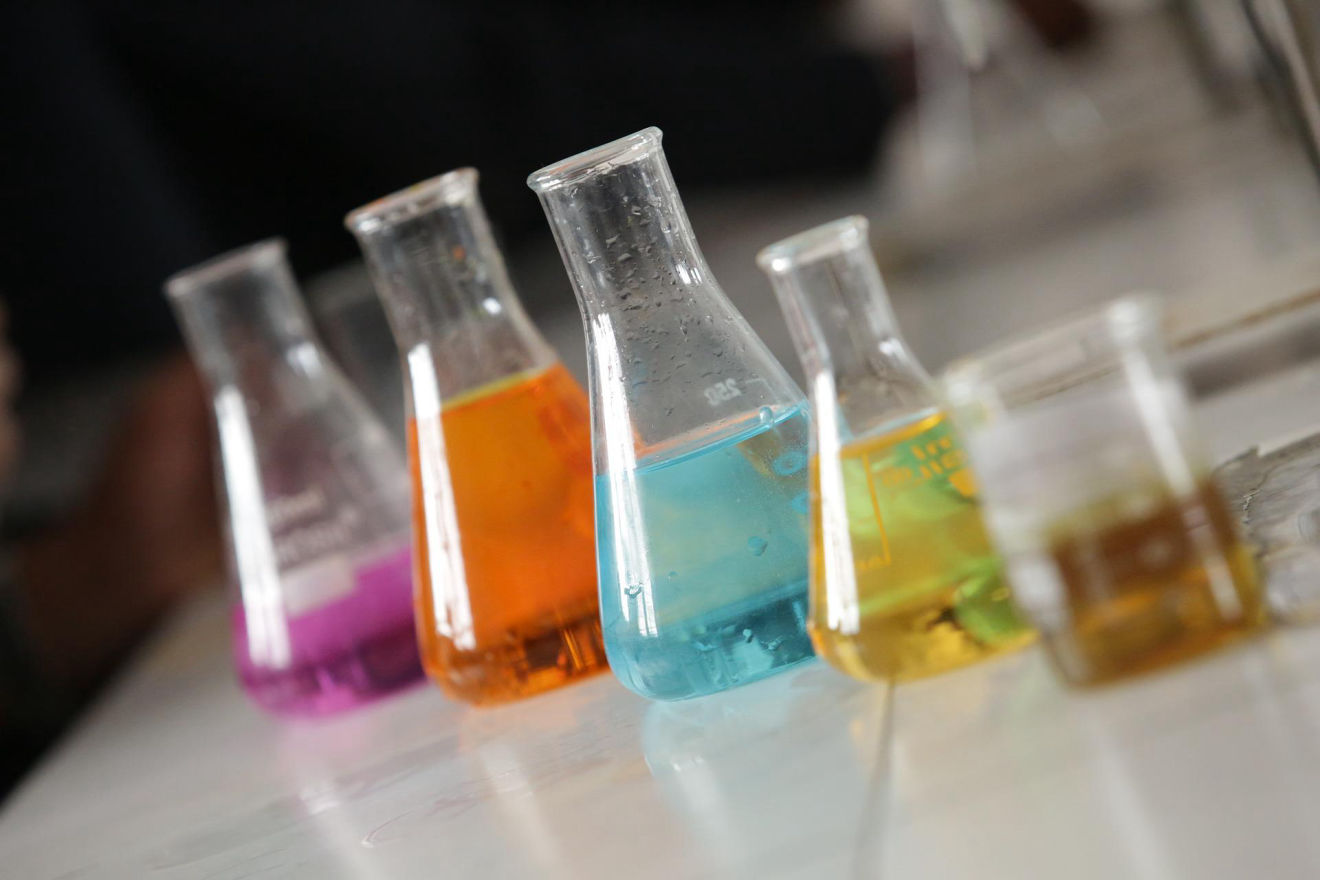
Sciences Behind the Scene
Essential oil is powerful because it captures the "essence" of different parts of aromatic plants. Each essential oil is a highly concentrated substance with a very complex molecular structure and combination of constituents that interact with the body’s chemistry. On average, an essential oil contains 100 components.
The main chemical components of essential oils are alcohol, aldehydes, esters, ethers, ketones, oxides phenols and terpenes, which may produce characteristic odors and a variety of healing properties. The beneficial effects of these components on the human body can be sedative, stimulating, pain-relieving, hormone-balancing, or diuretic. To effectively acquire the therapeutic values of essential oils, it is better to understand their chemical composition at the back end.













